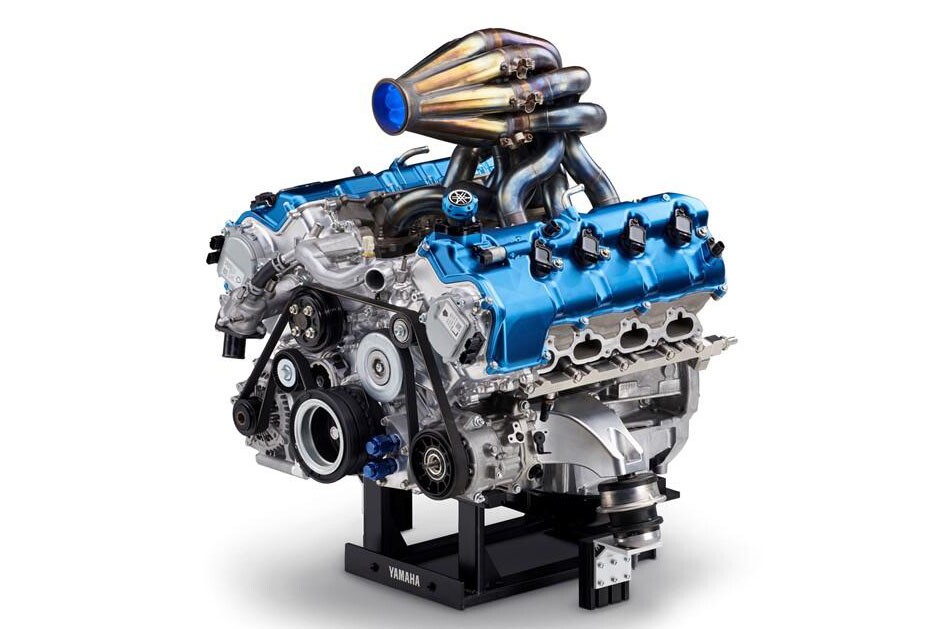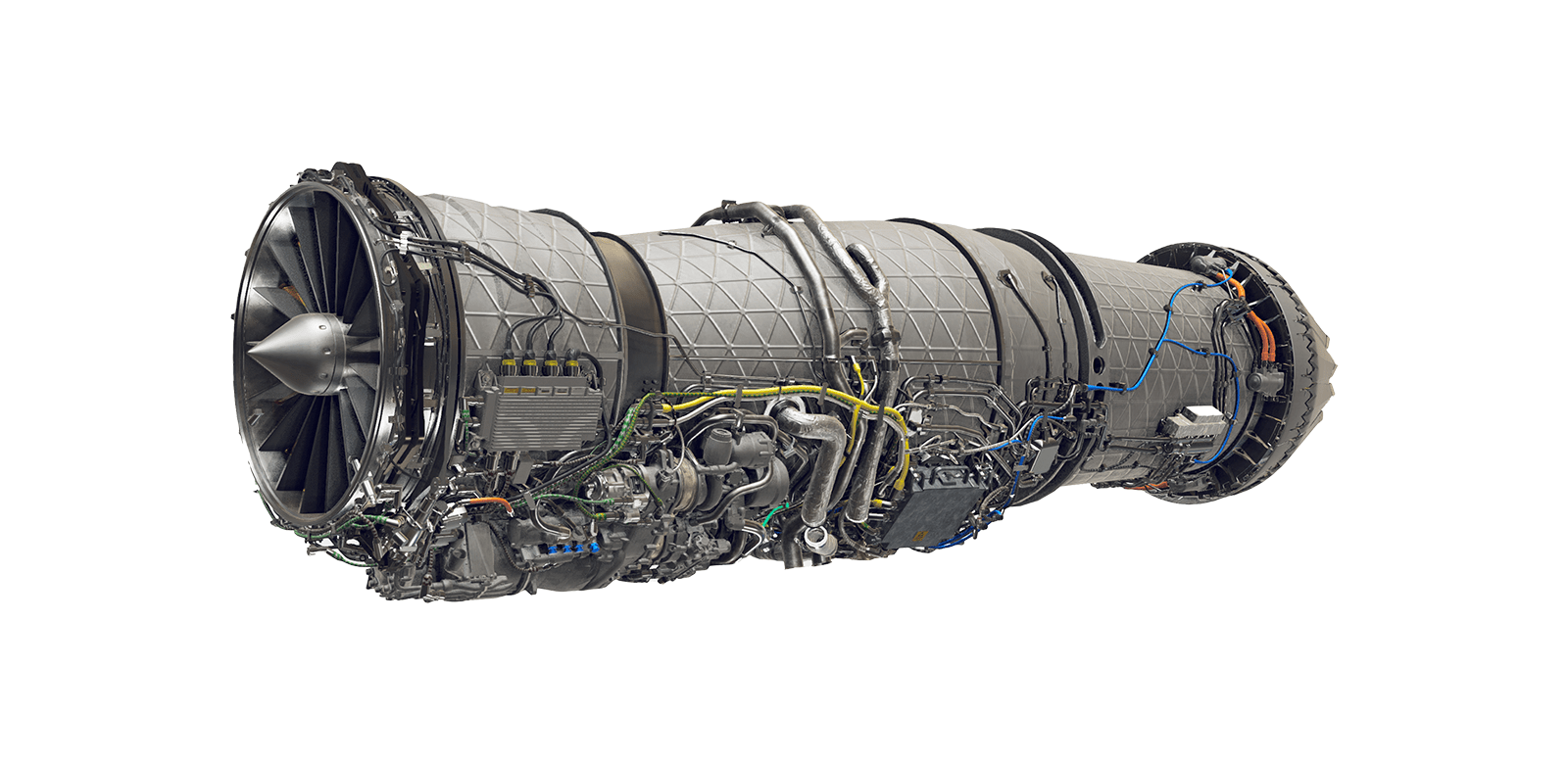Engines for Africa: Your Ultimate Auto Parts Store for Top Quality Car Components
Engines for Africa: Your Ultimate Auto Parts Store for Top Quality Car Components
Blog Article
The Quest for Ultimate Driving Power: Examining the Peak of Engine Performance and Technological Advancements in the Automotive Field
In the realm of automobile engineering, the quest of maximum driving power has actually been an unrelenting quest that has actually unravelled via the advancement of engine layout and the integration of advanced modern technologies. From the precise craftsmanship of combustion engines to the quick innovations in electric propulsion systems, the vehicle industry stands at the cusp of a brand-new age defined by unprecedented performance capabilities.
Advancement of Engine Style

In addition, the combination of turbocharging and supercharging innovations has actually transformed engine design by enhancing power without substantially increasing engine dimension. These forced induction systems press the consumption air, permitting more gas to be combusted, thus producing higher power output from a smaller engine. This advancement has been especially important in enhancing the efficiency of smaller variation engines while keeping fuel effectiveness requirements.

Performance-Enhancing Gas Technologies
The implementation of sophisticated fuel innovations has actually dramatically added to boosting engine performance in modern lorries. From standard gas and diesel to cutting-edge biofuels, synthetic gas, and hydrogen, the vehicle industry is observing a revolution in gas options. Biofuels, originated from sustainable resources like algae, sugarcane, or corn, offer minimized discharges and improved engine effectiveness. Synthetic gas, generated through chemical procedures, give high octane ratings, improving power output. Hydrogen gas cells, although still in the very early phases of adoption, reveal great assurance due to their zero-emission nature and potential for high efficiency. Furthermore, fuel ingredients and cleaning agents are being developed to clean engine components, maximize combustion, and reduce rubbing, thus boosting total car performance. With ongoing r & d, the mission for the best driving power continues, as engineers strive to open the complete capacity of performance-enhancing gas innovations in the vehicle industry.
Improvements in Electric Propulsion
Significant strides in electric propulsion modern technology have actually changed the automotive sector, leading the method for a new era of effective and sustainable transport. Electric lorries (EVs) are obtaining popularity because of their environmental benefits and innovations in battery innovation, making it possible for longer driving varieties and shorter billing times. Makers are spending greatly in research and development to boost the performance of electrical propulsion systems, focusing on raising power output, improving energy efficiency, and decreasing general weight.
One noteworthy breakthrough in electrical propulsion is the development of innovative electrical motors that deliver greater torque and power density, causing enhanced velocity and general driving efficiency. Furthermore, regenerative stopping systems have been improved to record and save power throughout deceleration, more enhancing the efficiency of EVs.
Additionally, the assimilation of smart innovations, such as expert system and anticipating analytics, is optimizing the administration of electric propulsion systems, making certain ideal performance under different driving conditions. These advancements in electrical propulsion are reshaping the auto landscape, driving the sector in the direction of a more sustainable and electrified future.
Influence of Computational Liquid Characteristics
With innovations in electric propulsion pushing the limits of vehicle innovation, the integration of Computational Fluid Dynamics is playing a pivotal function in enhancing wind resistant efficiency and enhancing overall performance in automobile style. Computational Fluid Characteristics (CFD) involves using computer simulations to additional hints analyze the flow of air around a vehicle, enabling designers to anticipate exactly how layout modifications will certainly influence aerodynamics without the need for expensive physical prototypes. By precisely modeling air movement patterns, CFD permits the improvement of automobile shapes to minimize drag, improve air conditioning, and improve stability.
CFD enables designers to maximize airflow around components such as radiators, Learn More Here engine bays, and wheel wells, contributing to improved performance and overall driving experience. In verdict, the combination of Computational Liquid Characteristics represents a substantial step forward in the quest for supreme driving power and effectiveness in the vehicle industry.
Future Fads in Engine Innovation
In the vibrant landscape of automobile engineering, innovative developments are shaping the future trajectory of engine advancement. The future of engine layout is noted by a solid emphasis on performance, sustainability, and efficiency. Makers are increasingly concentrating on establishing engines that not just supply high power outputs but also prioritize ecological responsibility by enhancing and lowering emissions gas efficiency.
One famous fad in engine technology is the increase of electrification. Hybrid and electric powertrains are getting traction as viable alternatives to standard combustion engines. These innovations offer the capacity for considerable reductions in carbon exhausts and increased energy performance, straightening with global initiatives to combat climate adjustment.
Furthermore, improvements in products science and production strategies are enabling the manufacturing of lighter and extra resilient engine components. This change towards light-weight materials such as carbon fiber and light weight aluminum alloys adds to enhanced performance and gas economic situation.
Conclusion
Finally, the pursuit of supreme driving power in the auto industry remains to drive developments in engine layout, fuel innovations, electrical propulsion, and computational fluid characteristics. The development of these innovations is shaping the future of engine advancement, leading the way for a lot more efficient and effective cars (engines for africa). As the market continues to press the limits of what is feasible, we can expect to see much more groundbreaking growths in the pursuit for peak efficiency
One of the crucial milestones in engine style advancement is the transition from traditional carbureted engines to modern-day fuel-injected systems. By exactly metering the gas delivery to each cyndrical tube, fuel-injected engines optimize burning, resulting in far better performance and decreased ecological impact.
Moreover, the combination of turbocharging and supercharging innovations has transformed engine design by enhancing power without considerably boosting engine size (engines for africa).The implementation of advanced fuel technologies has actually considerably added to improving engine efficiency in contemporary additional reading vehicles. In addition, gas ingredients and cleaning agents are being formulated to tidy engine parts, maximize burning, and lower friction, therefore increasing total lorry efficiency
Report this page